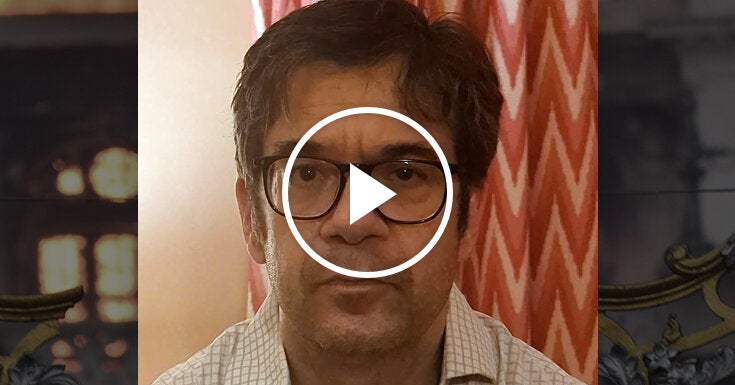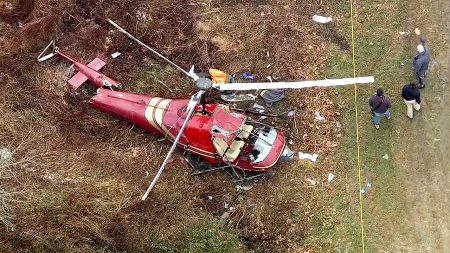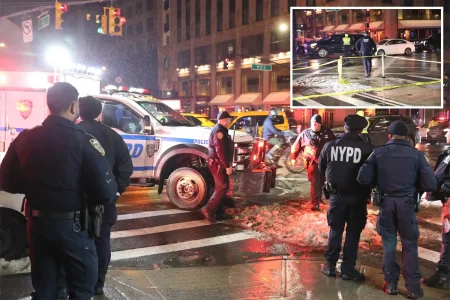Nepal in Flames: Understanding the Crisis Behind Mass Protests
Civil Unrest Erupts as Years of Tension Reach Breaking Point
By James Mitchell | Special International Correspondent
September 15, 2025
Nepal, a landlocked Himalayan nation known for its towering mountains and peaceful Buddhist heritage, has descended into unprecedented civil unrest that has shocked the international community. What began as isolated demonstrations has transformed into a nationwide movement that has forced the prime minister to flee the country and left parts of the capital, Kathmandu, in flames. This explosion of public anger wasn’t spontaneous but rather the culmination of years of simmering tensions, economic frustration, and political disillusionment. The scenes of protesters surrounding government buildings and fires illuminating the night sky in Kathmandu represent a critical juncture in Nepal’s troubled democratic journey.
The immediate catalyst for the protests appears to have been a series of controversial government policies that many Nepalis viewed as the final straw in a long pattern of misgovernance. According to Alex Travelli, a New York Times correspondent who has been covering the region for over a decade, “What we’re witnessing is not merely a reaction to a single policy decision, but rather the breaking point after years of broken promises, economic stagnation, and institutional corruption.” Travelli explains that the government’s recent attempt to push through constitutional amendments that would have extended term limits for key officials was perceived by many as a power grab by an already unpopular administration. This legislative maneuver came at a particularly sensitive time, as Nepal has been struggling with double-digit inflation, widespread unemployment, and declining remittances from overseas workers – a crucial source of income for many families.
Historical Context: Democracy’s Rocky Path in Nepal
Nepal’s path to democracy has been anything but smooth. The country emerged from a brutal civil war (1996-2006) that ended the monarchy and established a democratic republic, but the promised peace dividend never fully materialized for most citizens. The constitutional process that followed was protracted and contentious, with the current constitution finally promulgated in 2015 after years of interim arrangements. However, many marginalized groups – particularly the Madhesi people from the southern plains and various indigenous communities – felt the new constitution failed to address their concerns about representation and resource allocation.
“The democratic transition in Nepal was supposed to herald a new era of inclusive governance and economic opportunity,” notes Travelli. “Instead, many Nepalis have watched as a revolving door of political leaders from the same established parties traded power while failing to deliver meaningful change.” This disillusionment has been particularly acute among Nepal’s youthful population – with nearly 40% of citizens under 20 years old, a generation has come of age knowing only the frustrations of post-conflict politics rather than the optimism that accompanied the end of the monarchy. Youth unemployment has reached alarming levels, forcing many young Nepalis to seek work abroad in Gulf countries, Malaysia, and elsewhere, often in dangerous and exploitative conditions. The COVID-19 pandemic exacerbated these challenges, as returning migrant workers found few opportunities at home and the tourism industry – a vital economic sector – collapsed overnight.
Economic Factors Fueling the Fire of Discontent
The economic dimension of Nepal’s crisis cannot be overstated. Despite modest GDP growth on paper in recent years, the benefits have not been widely shared. Income inequality has widened substantially, with wealth concentrated in Kathmandu and a few urban centers while rural areas remain underdeveloped. Infrastructure projects promised after the devastating 2015 earthquake that killed nearly 9,000 people have progressed at a glacial pace, with accusations of corruption and mismanagement dogging reconstruction efforts.
“Nepal’s economy has become increasingly dependent on remittances from abroad, which account for roughly a quarter of GDP,” explains Travelli. “This has created a precarious situation where economic shocks in destination countries immediately impact household finances back home.” When the global economic slowdown reduced these remittance flows, it created immediate hardship for families who had come to rely on this income. Meanwhile, Nepal’s strategic location between India and China has led to competing infrastructure investments from both Asian giants, but these projects have generated controversy due to concerns about debt traps and sovereignty. Many protesters have explicitly criticized what they see as the government’s willingness to compromise national interests in deals with more powerful neighbors. “There’s a growing sentiment that Nepal’s leaders have sold out the country’s future,” says Travelli, “trading long-term prosperity for short-term personal gain.”
The Breaking Point: How Protests Escalated
What began as isolated demonstrations in Kathmandu quickly spread to other major cities like Pokhara, Biratnagar, and Birgunj. The government’s heavy-handed response – deploying security forces who used tear gas, water cannons, and in some instances live ammunition – only intensified public anger. Social media played a crucial role in the movement’s growth, with young activists using platforms like TikTok and Instagram to document police brutality and coordinate protest activities. When authorities attempted to restrict internet access, it further galvanized opposition.
“The tipping point came when security forces raided a university campus in Kathmandu, injuring dozens of students who had been staging a peaceful sit-in,” Travelli recounts. “The images of bloodied young people being dragged away by police circulated widely and transformed what had been a series of specific grievances into a broader movement questioning the legitimacy of the entire political system.” As protests grew, they incorporated demands from various segments of society – environmental activists protesting ecological degradation, women’s rights advocates highlighting gender-based violence, and representatives of ethnic minorities calling for greater autonomy. This coalition-building gave the movement tremendous momentum and overwhelmed security forces. By the time protesters breached the perimeter of the prime minister’s residence, forcing his hasty evacuation by military helicopter, it was clear that a significant political realignment was underway.
International Reactions and Regional Implications
The international community has responded with a mixture of concern and cautious engagement. India, Nepal’s largest trading partner and historical ally, has called for restraint on all sides while quietly engaging with opposition figures. China, which has dramatically increased its economic footprint in Nepal through Belt and Road Initiative projects, has expressed support for “Nepal’s constitutional processes” – language widely interpreted as backing for established institutions. Western nations, including the United States and European Union members, have urged respect for democratic principles and human rights while avoiding taking sides in what they characterize as an internal matter.
“The geopolitical dimension adds another layer of complexity to Nepal’s crisis,” observes Travelli. “Both India and China view Nepal as strategically important, and neither wants to see instability that could potentially spill across borders.” Regional experts worry that prolonged unrest could create opportunities for extremist groups to gain footholds or exacerbate existing ethnic tensions. Nepal’s Maoist insurgency may have ended years ago, but many of the underlying grievances that fueled it – rural poverty, unequal development, and political marginalization – persist. The current protest movement has thus far remained largely nonviolent in its tactics, if not always in its rhetoric, but there are concerns about potential fragmentation as different factions pursue their specific agendas.
The Path Forward: Uncertain Future for a Nation at the Crossroads
With the prime minister in exile and an interim administration struggling to establish authority, Nepal faces a pivotal moment in its democratic evolution. Protest leaders have called for the formation of a national unity government to oversee new elections, but establishing the legitimacy and composition of such a transitional body presents significant challenges. Constitutional experts are divided on the legal framework for succession, with some arguing for the involvement of Nepal’s president (a largely ceremonial role) in facilitating dialogue between competing factions.
“What happens next will depend largely on whether Nepal’s traditional political class recognizes the depth of public disillusionment and responds with meaningful reforms rather than cosmetic changes,” concludes Travelli. “The protesters have demonstrated their power to disrupt, but translating that disruptive energy into constructive institution-building is the more difficult challenge.” Some observers see parallels with Nepal’s 2006 People’s Movement that ended the monarchy, noting that moments of democratic breakthrough have historically been followed by periods of messy consolidation. Others worry that without responsible leadership on all sides, the country risks descending into prolonged instability or even authoritarian backsliding. What remains clear is that Nepal stands at a crossroads, with its 30 million citizens watching anxiously to see whether this moment of crisis will ultimately strengthen or further undermine their young democracy’s foundations. As fires continue to burn in parts of Kathmandu, the world watches and waits to see what will emerge from the ashes of Nepal’s political order.







